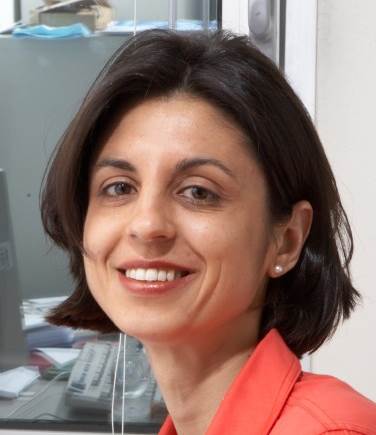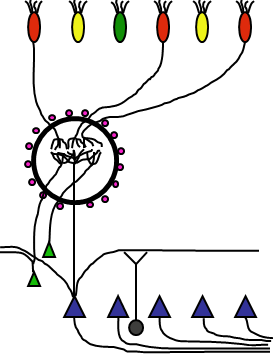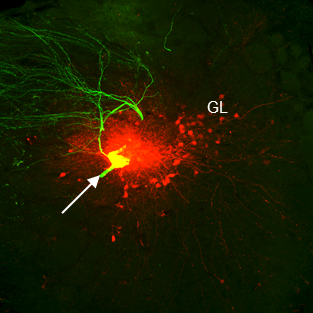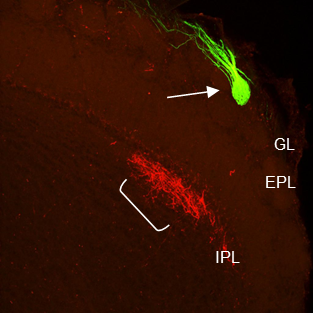Lodovichi Claudia
 Senior Research Scientist
Senior Research Scientist
c/o Complesso Biologico Interdipartimentale
A. Vallisneri
Viale Giuseppe Colombo 3
35121 Padova
Tel 049-7923222
Fax 049-7923250
Questo indirizzo email è protetto dagli spambots. È necessario abilitare JavaScript per vederlo.














